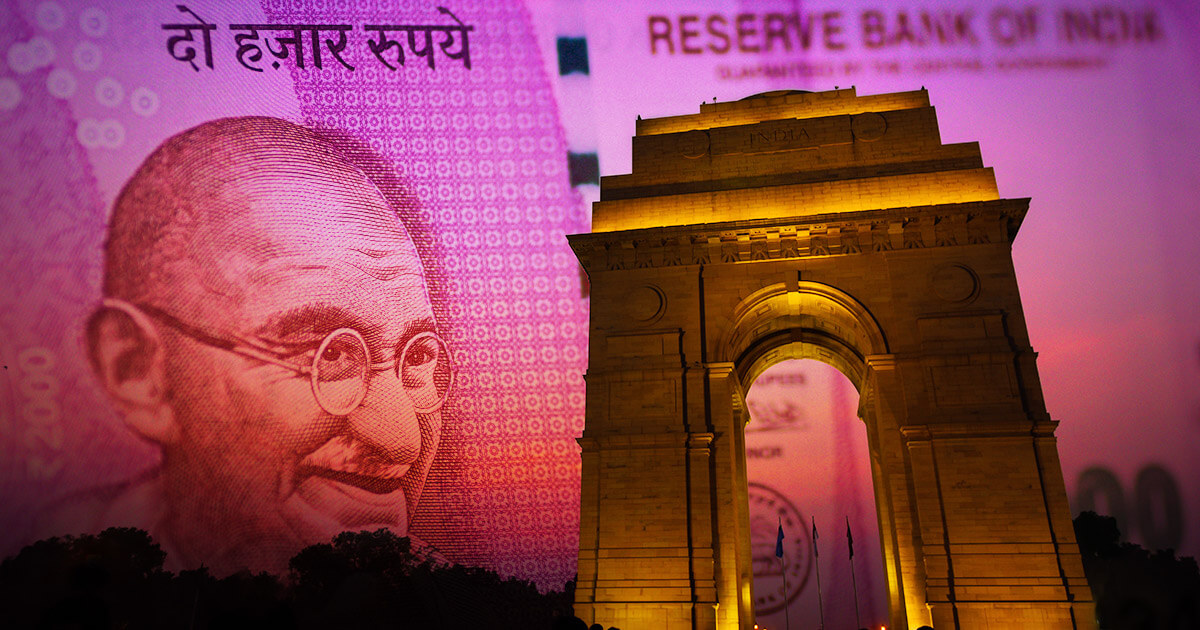
The Reserve Bank of India (RBI) is taking a cautious approach to the nationwide rollout of its Central Bank Digital Currency (CBDC), the e-rupee, prioritizing financial stability and a thorough understanding of its potential implications.
Deputy Governor T. Rabi Sankar emphasized that the bank is “in no rush to roll it out immediately,” indicating a deliberate strategy to assess results before broader implementation, Bloomberg News reported on November 20.
Evaluation of the long-term impact
The e-rupee pilot project, which launched in December 2022, has made steady but modest progress, amassing more than 5 million users and enabling about 1 million retail transactions by mid-2024. Despite these numbers, Sankar emphasizes the importance of evaluating long-term impact before scaling up.
He said at a conference in Cebu, Philippines:
“Once we have clarity on the outcomes and potential impacts, we will take the next steps.”
The Reserve Bank’s deliberate approach reflects concerns about how CBDCs could disrupt traditional banking. Deputy Governor Michael Debabrata Patra previously noted that CBDCs could attract savers during financial instability, posing risks to banks by encouraging mass withdrawals.
To address such challenges, the central bank has limited the rollout of CBDC to controlled experiments. Local banks participating in the pilot, such as ICICI Bank and State Bank of India, have introduced incentives such as salary payments through e-rupee to drive adoption.
Despite the reservations, regulators in the country have previously stated that they prefer a nationwide CBDC over private digital currencies such as Bitcoin.
Evolving characteristics
India is also improving the functionality of the e-rupee, including developing offline transfer options to increase accessibility. Governor Shaktikanta Das, however, acknowledged that adoption remains far from the levels achieved by the Unified Payments Interface (UPI), India’s leading digital payments platform.
The wholesale e-rupee program has focused on interbank transactions and trading in government securities, in which nine major financial institutions participate. These trials are intended to refine the coin’s operational design and identify key usage scenarios.
India’s approach reflects the global trajectory of CBDC development. According to the Atlantic Council, more than 130 countries are actively exploring digital currencies, with countries like China and Nigeria already making progress with their CBDC programs.
As India observes international developments, the central bank remains committed to ensuring that the e-rupee strengthens the financial system without compromising stability.

